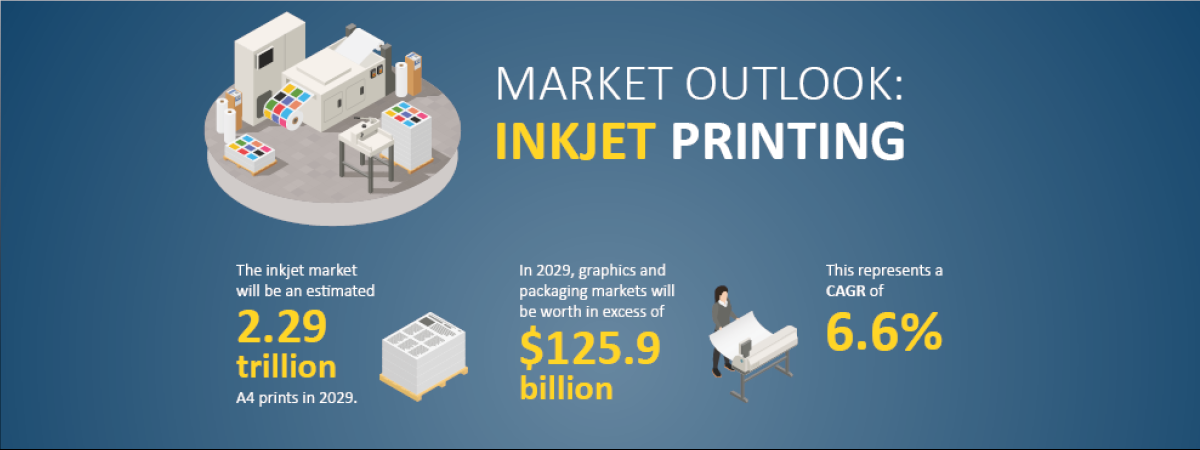13 July 2015
New "living wage" introduced - BPIF HR can help you respond
In response to the recent Budget announcement in July 2015, I would advise you review your current terms and conditions and ensure your current rates of pay are on track to meet the national living wage of £9.00 per hour by 2020. The BPIF HR team are here to help support you and look at your options. We can assist you with the review process and help you with any planned changes that you may need to make.
A new minimum wage of £7.20 per hour will be introduced next April for all working people aged 25 and over, the Government has announced.
In his first purely Conservative budget, George Osborne said that "Britain deserves a pay rise and Britain is getting a pay rise".
The "national living wage" (NLW) will be compulsory and the Low Pay Commission (LPC) will recommend future rises, with the Government aiming for it to reach £9 an hour by 2020.
Osborne said that the Office for Budget Responsibility (OBR) claimed the national living wage would have only a "fractional" effect on jobs. The OBR said that by 2020 there will be 60,000 fewer jobs as a result of the national living wage, but almost one million more in total.
The OBR has estimated that the cost to business will amount to 1% of profits. To offset that cost, the Government is cutting corporation tax to 19% in 2017 and 18% in 2020. Small firms will also benefit from a cut in their national insurance contributions.
"From 2016, our new Employment Allowance, will now be increased by 50% to £3,000," announced Osborne. "That means a firm will be able to employ four people full time on the new national living wage and pay no national insurance at all."
The national minimum wage currently stands at £6.50, rising to £6.70 in October. For those aged 25 and above, their hourly rate will rise to £7.20 in April 2016, an 11% hike on the current mandatory pay rate. Alongside the Budget, the Government published an entirely new remit for the LPC.
To ensure that the rate of the NLW is set at a sustainable level and continues to take account of broader economic conditions, the LPC's remit will require it to set the NLW in a way that reflects the growth in median earnings. The LPC's remit in relation to the national minimum wage, which will now only apply to those under 25, will remain unchanged. The Government will ask the LPC to set out how it will reach 60% of median earnings by 2020; based on OBR forecasts.
Budget 2015 reaction
The current UK Living Wage, set by the Living Wage Foundation is £7.85. And the rate in London is already £9.15. Rhys Moore, director of the Living Wage Foundation, said it was "delighted" that more than 2.5 million workers will receive a much needed pay rise. However, he asked, "Is this really a living wage?
"The Living Wage is calculated according to the cost of living whereas the LPC calculates a rate according to what the market can bear. Without a change of remit for the LPC, this is effectively a higher national minimum wage and not a living wage."
John Cridland, director-general of the CBI, said: "This is a double-edged budget for business. Firms will welcome measures to balance the books and boost investment, but they will be concerned by legislating for wage increases they may not be able to deliver."
Mark Beatson, chief economist for the CIPD, said that while the OBR claims the national living wage will have little net effect on employment, their forecasts rely on assumptions about future productivity growth that have proved wrong to date.
"This policy will only deliver higher pay without significant job losses if it is accompanied by a drive to increase productivity in low pay sectors such as retail, hairdressing, hospitality and the care sector - and that will need more than delivery of apprenticeship numbers or employment subsidies via the national insurance contributions system," he commented.
 Intergraf Economic News (Paper Prices) - March 2024
Intergraf Economic News (Paper Prices) - March 2024
18 March 2024
Access the latest edition of the Economic Newsletter for the European Printing Industry for data on paper consumption, and pricing data for pulp, paper and recovered paper. Data for packaging papers and board is also available with this edition.
 UK to follow global expansion of inkjet printing
UK to follow global expansion of inkjet printing
21 March 2024
The latest expert analysis from Smithers identifies the potential of the latest generation of inkjet systems to improve profitability across the global print market. Read more about the new report The Future of Inkjet Printing to 2029.

The BPIF is the printing industries champion. By becoming a member you join a diverse and influential community. We help you solve business problems, connect you to new customers and suppliers and make your voice heard in government.
Call 01676 526030









